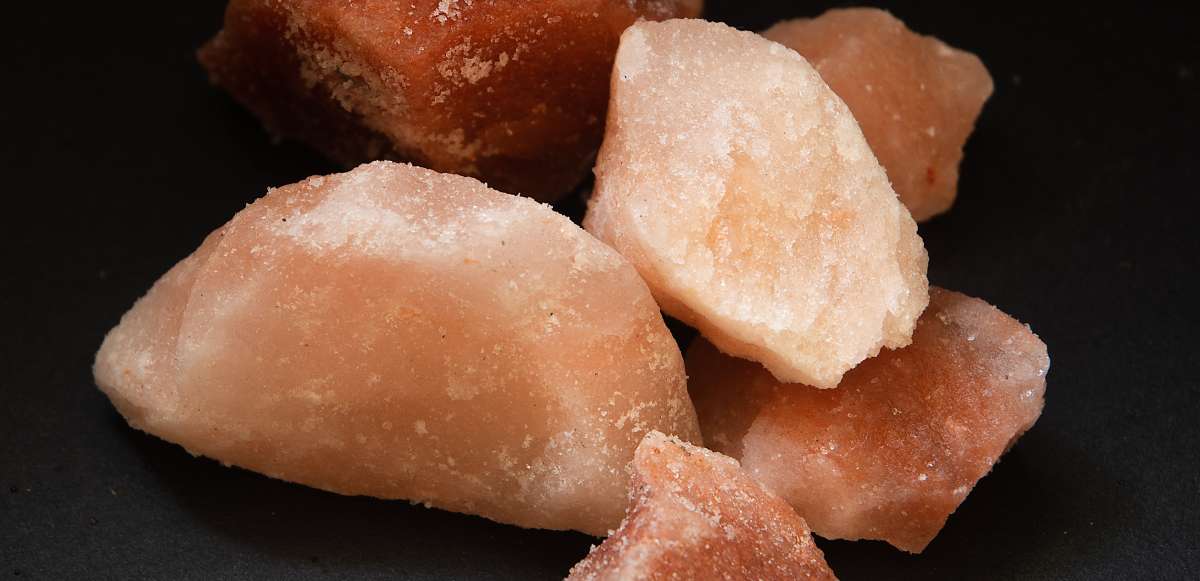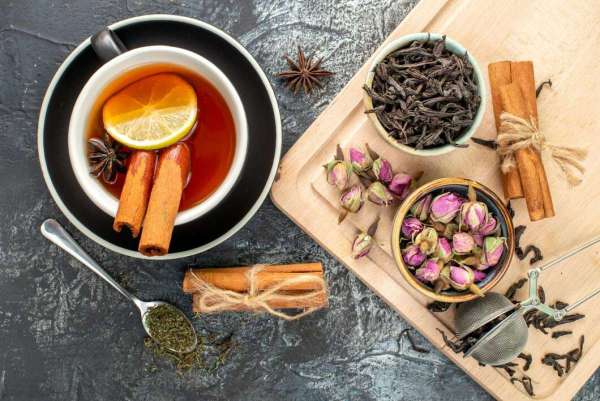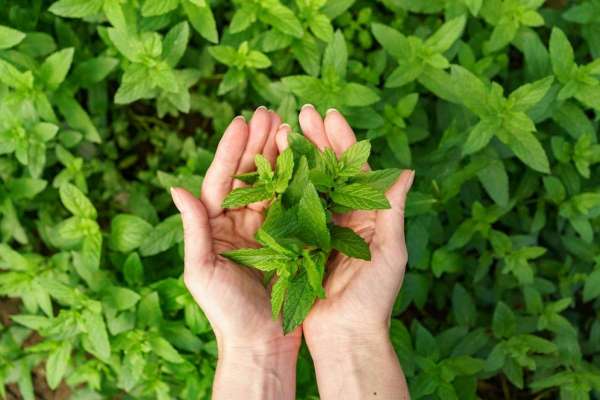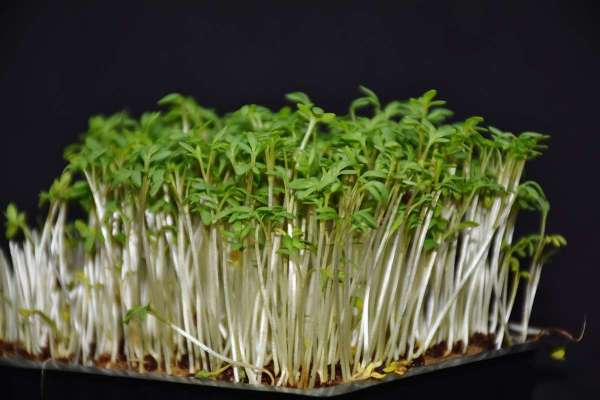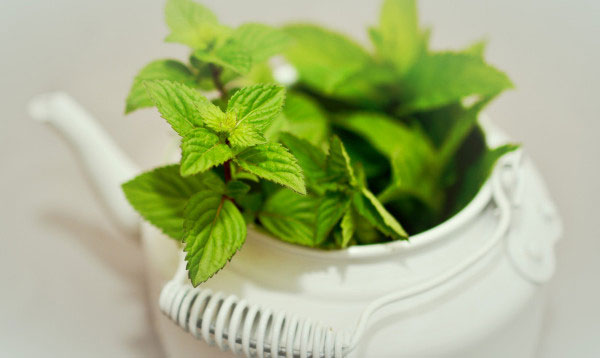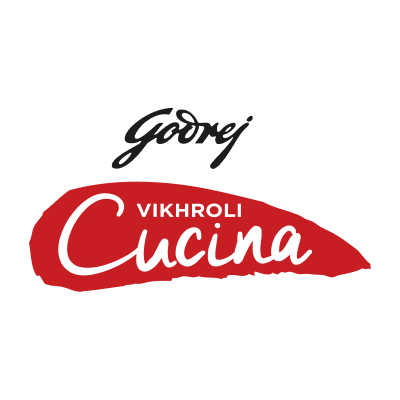
Everything you need to know about Himalayan salt slab
Why your kitchen needs this versatile kitchen gadget?

Himalayan salt is a rock salt mined from the Salt Range Hill system from the Punjab region of Pakistan. While chemically similar to table salt, Himalayan pink salt contains trace minerals like potassium, iron, magnesium, sulphur, and calcium. These minerals are responsible for imparting the salt its gorgeous pink hue.
A Himalayan salt slab is a block of this salt that is cut in a flat, rectangular shape. Various shapes of Himalayan salt such as bowls, plates and lamps are also getting popular. The salt slab is a versatile piece, you can use it to season your food while it cooks, to rest your meats and keep them warm, or to serve food attractively.
However, here are the things you need to know before adding this popular kitchen accessory to your kitchen.
Cooking with a Himalayan salt slab
Courtesy: himalayan.salt.house
Himalayan salt slabs conduct heat efficiently, and at high temperatures they’re ideal for baking or grilling meats, poultry, eggs, fish, seafood, fresh fruits, and vegetables. Make sure that you use thin slices and not thick cuts of meat, fish, etc.
Use the slab to impart a rich yet subtle flavour to your food while it cooks. Always make sure that your block is completely dry before using it, as any moisture can cause it to expand and crack while heating.
The crystalline structure of the Himalayan salt slab retains heat for longer, which is excellent for resting meats or for keeping the food warm. Just be careful while handling your hot block!
Make sure to always cook on the same side of the block. If the same side is always heated, it will discourage cracking and fissures and enable you to use it for a long time.
Up the serving game with your slab
These can be used as serving platters due to their aesthetic beauty. The slab can be chilled in the refrigerator to serve items such as sushi or cheese.
You can also freeze the slab in the freezer to present cold desserts, even sorbets. Remember that moist foods will pick up more flavour from the slab than denser and drier foods.
These salt blocks naturally have an anti-microbial surface that discourages bacterial growth – thanks to their low porosity and moisture retention –making them an excellent option for serving.
Caring for your salt slab
Do not use soap to clean your salt slab. Also, don’t submerge your block in water or put it in the dishwasher. The best way to clean it is with a damp sponge. Stubborn areas can be scrubbed with a scouring pad or a soft brush.
Drastic changes in heat would crack your slab. Always heat or cool it slowly to make it last longer.
Don’t use fats such as butter and cooking oils while cooking on your Himalayan salt slab. They aren’t necessary and will diminish the lifespan of your Himalayan salt block.
Do you have any more interesting facts to share about Himalayan salt slabs? Tell us in the comments.

